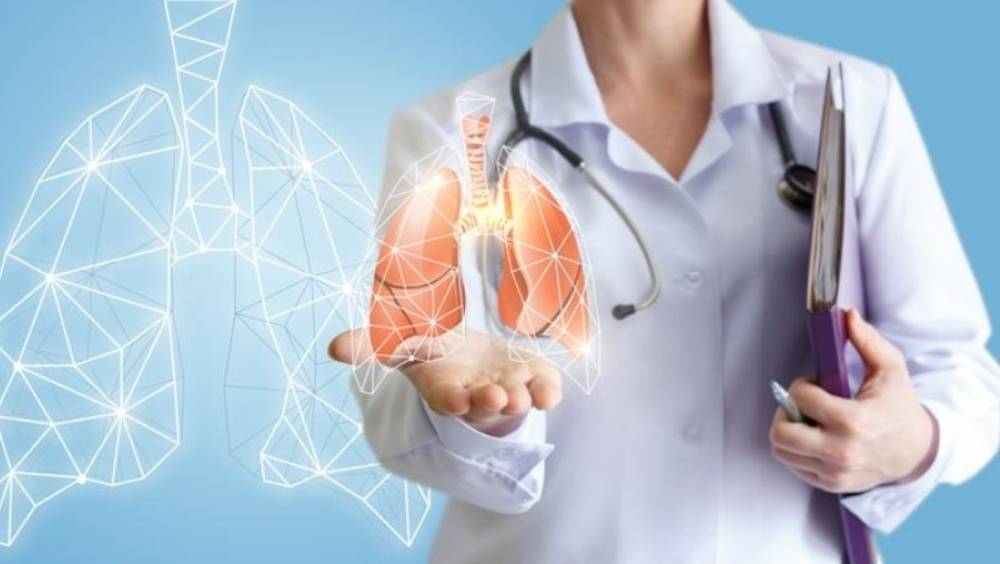In the post covid world, one among the many medical procedures that have entered into the lexicon of the ordinary man is Bronchoscopy. A procedure that was earlier primarily associated with the detection and treatment of cancer, particularly lung cancer, we are now becoming aware of the other uses of the procedures. But as with so many medical procedures, this one too is shrouded in mystery. Questions abound – both on the internet as well as in doctor’s chambers. Is Bronchoscopy painful? Will I be anaesthetised for the procedure? How long will it take me to recover from a Bronchoscopy? We sat down with Dr Debraj Jash, Consultant Pulmonologist, Apollo Multispeciality Hospital Kolkata, to find the answers to these and other questions.
The first question that must be answered is what is a Bronchoscopy at what does it do? A Bronchoscopy is a procedure conducted by a lung disease specialist or a pulmonologist to examine the air passages and the lungs in a patient. While many people think that this is a procedure only used in the detection of cancer, Dr Jash corrects the misconception. With many critical Covid patients, the procedure has given doctors valuable insights into the extent of lung involvement as well as to manage complications. Similarly, the procedure can be used in other cases as well.
When asked about other situations where the procedure may be used, the doctor gives us an example. There will occasionally be Tuberulosi patients who complain of prolonged fever and blood in sputum when they cough. While a test on the sputum does not yield a positive result for TB, in many cases these patients can be diagnosed using a Bronchoscopy. Likewise, this procedure can be used to examine a patient and detect diseases other can cancer, as well.
In addition to a Bronchoscopy, Dr. Jash also tells us about another related procedure which is called a Thoracoscopy or a Pleuroscopy. These procedures are used by pulmonologists to examine the area is the chest cavity outside of the lungs. These procedures are particularly helpful in the case of patients who have fluid build-up in the chest cavity, leading to difficulties in respiration. For such patients, this procedure is used to drain the cavity and treat with a special medication that prevents further fluid build-up in the future. The drained fluid is also sent for a biopsy for detection of the underlying causes of the build-up.
So far we have been talking of Bronchoscopy as a means of diagnosing. However, it is also used as a means of treatment. When asked about this, Dr Jash informs about certain related procedures known as balloon dilation or insertion of tracheal stents. In patients with inoperable conditions who are experiencing a hardening or narrowing of the airways leading to extreme difficulty in respiration – this is a condition most commonly seen in cancer patients – management of the symptom is done by inserting a stent or using balloon dilation to widen the air passage, bringing immediate relief to the patient.
Another advancement on the procedure of Bronchoscopy is an EBUS (endobronchial ultrasound) Bronchoscopy. This is another procedure that is carried out by Dr Jash and other pulmonologists at the Apollo Hospital, where samples can be sources from the lymph nodes using a specialised procedure. EBUS has facilitated he detection of a wide range of lung disorders and cancers which cannot be detected otherwise.
Before ending, Dr. Jash touched upon a common thing he notices in many of the patients who come to him. This is regarding the fear or apprehension around the procedure. The doctor deals with this in three parts. Firstly, he tells us about the experience itself – the procedure is not invasive or dangerous and requires no anaesthesia. Patients are put under simple sedation while they undergo a Bronchoscopy and have no pain or discomfort as such. As a follow-up to the procedure, many patients are scared of pain or complications. However, Dr. Jash assures us that the procedure is very safe and complications arise in only about 1% of cases. Furthermore, another common fear among cancer patients and their families is that such a procedure may cause the cancer to spread. Again, the doctor is quick to point out that this is an irrational fear as this has never happened or been observed.
All in all, a Bronchoscopy or a Thoracoscopy are both safe and life-saving procedures that are now available to us with the advancements in medical science. When done under safe and controlled conditions, particularly by an experienced and good pulmonologist, it is the difference between a good treatment and no treatment. And so far as safe procedures and experienced doctors and pulmonologists are concerned, Apollo Multispeciality Hospital is the last word – ever-present to lend you a helping hand.
This is a sponsored article and has been published in a joint venture with Apollo Multispeciality Hospital Kolkata.











